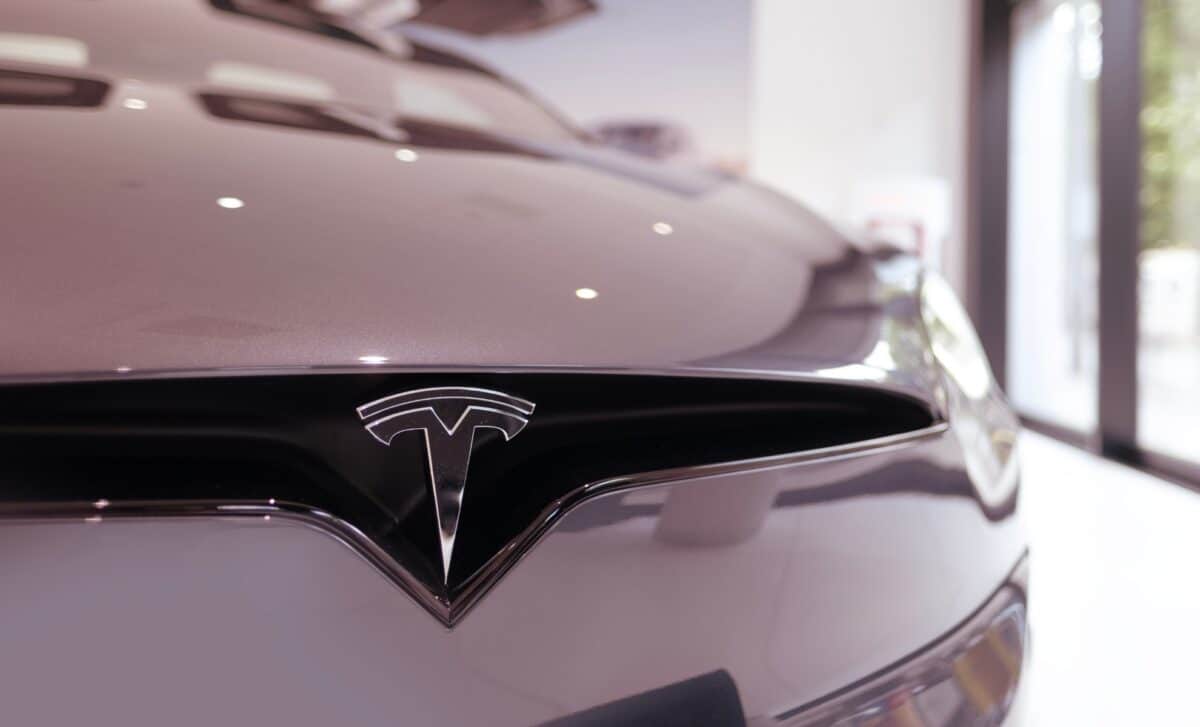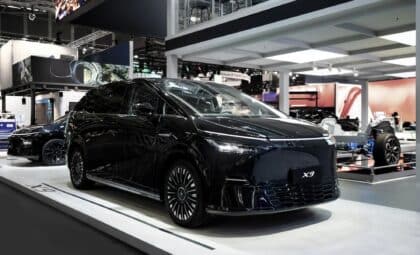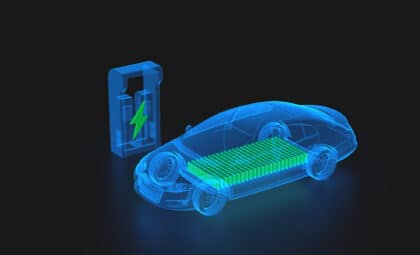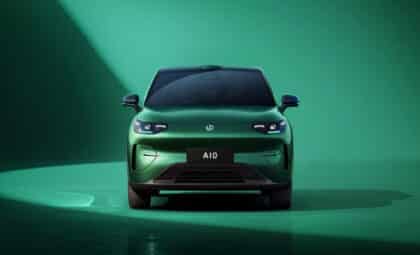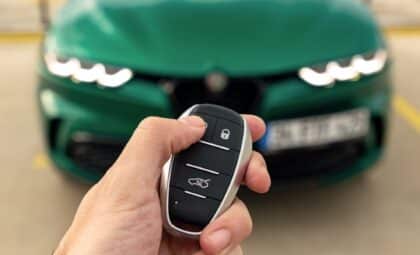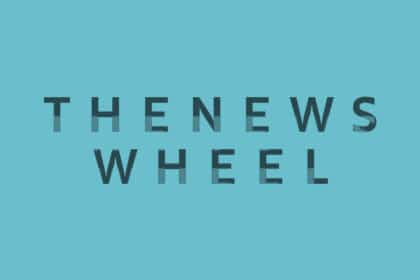The pared-down models, while slightly cheaper, come with significant compromises. From hardware reductions to downgraded interiors, many feel the brand has overpromised and underdelivered—again.
For years, Tesla hinted at an electric vehicle priced around $25,000, a “Model 2” that never materialized. The new Standard versions of the existing Model 3 and Model Y are being presented as the next-best alternative.
But with U.S. base prices set at $36,990 for the Model 3 and $39,990 for the Model Y, the cuts feel superficial. Even loyal supporters have expressed disillusionment, especially as these new models lack many of the features that made Teslas stand out in the first place.
The disappointment stems not just from what’s missing, but from the way these omissions have been positioned—as if small price drops justify the sacrifice of design, performance, and technology.
Model Y Standard Faces Heavy Criticism
The Model Y Standard, in particular, has drawn sharp reactions. Tesla removed a range of previously standard features, including the panoramic glass roof, continuous light bar, upgraded suspension, and a number of driving assistance tools. What remains is a stripped-down experience with a cheaper interior, fewer comfort features, and a smaller 69 kWh battery.
This version lacks the polish expected from Tesla’s mid-range offering. As reported by Numerama, some fans described the changes as “a marketing decoy,” a model designed more to make the Premium version look appealing than to stand on its own. The $5,000 price difference between the Standard and Premium trims feels too narrow to justify the long list of compromises.
Buyers also lose access to several tech features unless they pay extra—like the Full Self-Driving package, priced at an additional $8,000. The downgrade feels deliberate, and it’s unclear whether price-conscious buyers will find the Standard model appealing, or simply insufficient.
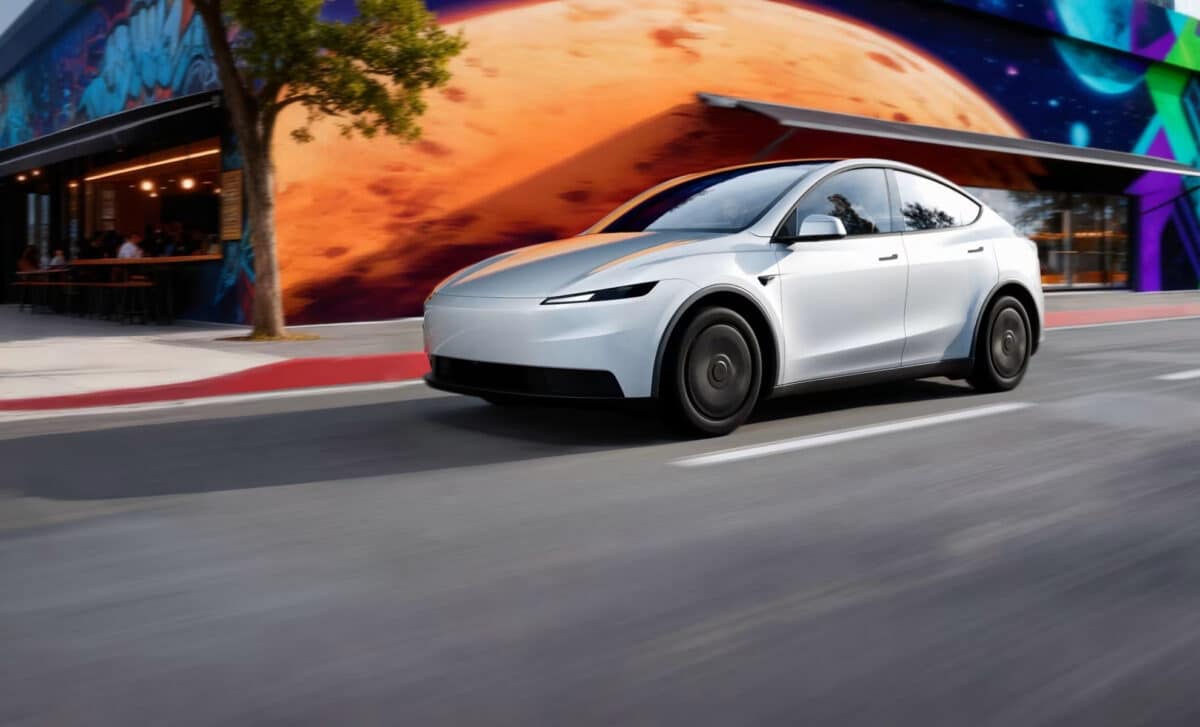
Model 3 Standard Fares Slightly Better
By contrast, the new Model 3 Standard has been received more positively. Though it too has a smaller battery and uses older suspension components, many of the visual and functional elements remain intact. The roof stays panoramic, the exterior design is consistent with the more expensive trims, and the driving experience is less drastically impacted.
This uneven approach between the Model Y and Model 3 offerings has led to questions about Tesla’s internal logic. The Model 3 Standard appears to be a more balanced compromise, while the Model Y Standard “sticks out” due to its disproportionate downgrades for a relatively modest price cut.
Tesla’s decision to differentiate the models so unevenly risks confusing buyers and diluting trust in the brand’s pricing structure. If both cars are meant to represent affordability, their execution should feel more aligned.
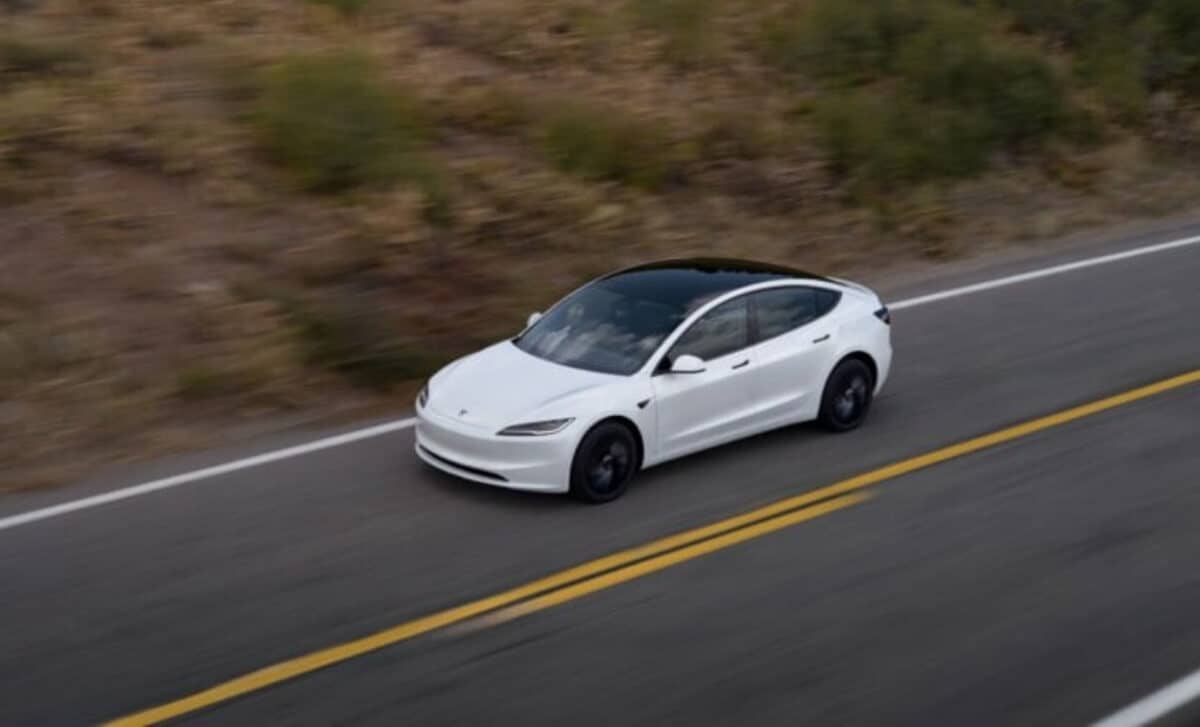
Investor Response Mirrors Customer Unease
Shortly after the announcement, Tesla’s stock began to slide—an early signal that investor sentiment may be catching up with consumer concerns. According to Numerama, the modest price cuts failed to spark enthusiasm among analysts or fans, especially as the company confirmed it had no immediate plans to produce a true low-cost vehicle.
Musk’s previous comments about a smaller, cheaper Tesla—widely referred to as the Model 2—had helped build anticipation. But recent statements confirm the idea was “put on hold” in favor of robotaxis and other long-term projects. That pivot leaves the Standard versions to fill a role they may not be equipped to handle.
For a company once seen as the driving force behind the mass adoption of electric vehicles, this rollout suggests a loss of momentum. Instead of leading the way with innovation and accessibility, Tesla now seems caught between competing priorities—lowering costs while protecting margins, expanding the lineup while avoiding risk.

